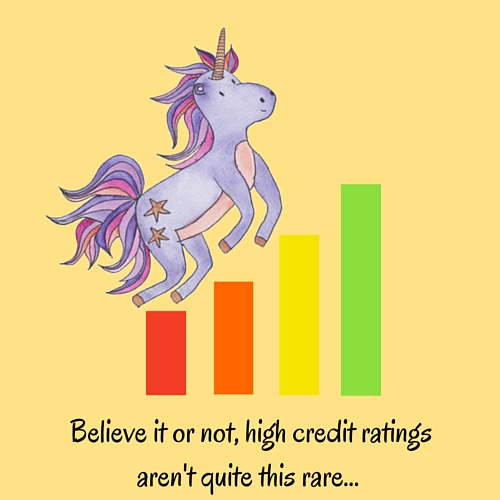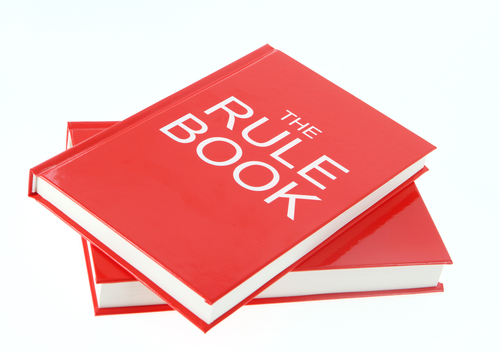Easy, Worry-Free Ways to Boost Your Credit Score
Good credit, bad credit, no credit – most of us have experienced at least one of these credit score categories before.
There is no question that having a good credit score is nice and comes with its own set of perks.
Yet, knowing how to increase your low credit score (or no credit score at all) to a higher rating isn’t always clear. Not to worry! Plenty of people have burning questions regarding their credit scores, mostly about how to boost them or benefit from them.
Will it take years to improve my credit score? This depends on your level of commitment and debt.
Do I have to give up doing the things I love? Not if you’re disciplined!
Can’t I just get a personal loan with bad credit rating? Until a plan is in place and executed, this shouldn’t be on the radar for people with low credit scores.
Is there a simple way to increase my credit score? ABSOLUTELY! Let’s get right into that.
The Truth About Credit Scores

Credit scores are used by financial lenders to determine the likelihood of a consumer paying on credit taken out in a person’s name.
They can range from as low as 300 points to as high as 850 (denoting excellent credit), based on the system that is applied. That being said, the majority of financial institutions in the United States calculate our credit ratings using the FICO® Score. For that reason we will be exclusively focusing on this system in our post.
There’s More Than One Type of Credit Score…
While the base FICO® Score is commonly used to determine the reliability of a consumer paying back on any credit taken, other niches even have their own ratings (known as industry-specific credit scores) or consider earlier versions of the most recently released score.
Automobile and bankcard lending organizations, for instance, use their own respective industry-specific FICO metrics to determine whether someone can live up to their credit obligations. If you’re even thinking about opening a new credit card account or buying a car, it’s important to check your respective FICO Auto Score or FICO Bankcard Score right away in order to leave time for any necessary credit corrections or repairs.
So how much does it cost to get a credit report?
Most credit reports are free and should be checked at least once every four to six months. Many of the larger banks are now starting to offer account holders the option to sign up for delivery of free credit reports, so getting your credit report can be as simple as a quick call to your bank.!
… And, The Rules May Change…

The FICO (Fair Isaac Corporation) Score has been used for over 25 years by institutions to assess the risks of lending to consumers and businesses. Naturally, the score has undergone necessary changes throughout the decades, some of which have proved extremely useful for those trying to get control of their debt.
For example, in 2014, the FICO 9 scoring model was released and updated with two major changes. To the joy of many consumers, this most recent development gives less importance to unpaid medical bills sent to collections and completely ignores bills already paid or settled with collection agencies.
So if you’ve ever worried about medical bills ruining your credit score, cheer up! Just keep in mind that lenders adopt the new changes at their discretion: some incorporate the changes right away while others can take as long as several years to get on board.
… But The Scale Remains the Same
Even though credit scores can range, lenders generally look at the same factors when deciding whether to provide credit at certain terms, and factors considered in the widely-used FICO Score are strong indicators of your financial fitness.
It’s important to note that a lot of lenders consider those with credit scores less than 620 as potentially risky, leaving you with higher interest rates or unpleasant terms.
How to Start Tackling Your Credit Card Debt
For those wishing to improve their credit score while tackling debt, there is a brighter horizon. If you have debt, you can start seeing a better credit score in months with a little discipline and dedication to the following tips:
-
First, stop applying for credit and/or charging things that you don’t actually need. Even having a high account credit limit doesn’t mean you should use every last available cent (after all, you still have to repay it). Debt-to-credit ratios factor how much revolving credit one has in a month compared to the available credit. They’re also considered by lenders and scoring systems, and for many, having a high ratio indicates a mismanagement of credit that a borrower may not pay back. That’s why keeping this number as low as possible is critical.
-
Sign up through your bank and/or credit issuer for reports to be sent every four to six months. Start tracking your spending and changes in your credit score with an app to develop the right habits and focus on your goal.
-
Look out for any bad marks on your credit report and make a note of the associated lender or agency. For these reported accounts, contact the company and propose a lower amount to pay it off in full. Politely let them know that it’s all you can afford right now but you would like to resolve the issue. This is best done via email, or you can request a signed agreement over the phone. Always remember to get some sort of written statement from this creditor.
-
Negative marks can stay on your credit report for 7 years from the time you stop paying a balance. To avoid getting accounts reported to collections, pay down your highest interest rates on your most recent delinquencies first – way before they even get the chance to be reported to collections.
-
Next, take on any older accounts that are hindering your credit score and pay them off in the same way, and pay them off in full – but don’t close them.
-
Close any newer accounts (especially retail and bank credit cards) that have higher interest rates and/or annual fees. As your credit gets better, eventually you won’t feel trapped with inferior deals. Don’t worry, you aren’t missing out by closing newer accounts like these.
-
If you do need to shop for new credit lines, do your homework and research rates. Stick to prepaid cards or credit cards from local credit unions. The APR interest rates are usually lower, while the rates for savings accounts tend to consistently outperform those of banks and retail companies.
Be patient as it definitely takes some time to see your credit score jump from bad, to okay, to great. Once you’re over the hurdle, remember to first shop around for interest rates, compare any perks available (like travel services or cash back rewards), and only open new accounts you know you can pay off on time, every time.



 Easy, Worry-Free Ways to Boost Your Credit Score [Infographic]
Easy, Worry-Free Ways to Boost Your Credit Score [Infographic] 7 Days of Fantastic Holiday Savings [INFOGRAPHIC]
7 Days of Fantastic Holiday Savings [INFOGRAPHIC] 7 Road Trip Taboos You Should Break This Summer
7 Road Trip Taboos You Should Break This Summer
